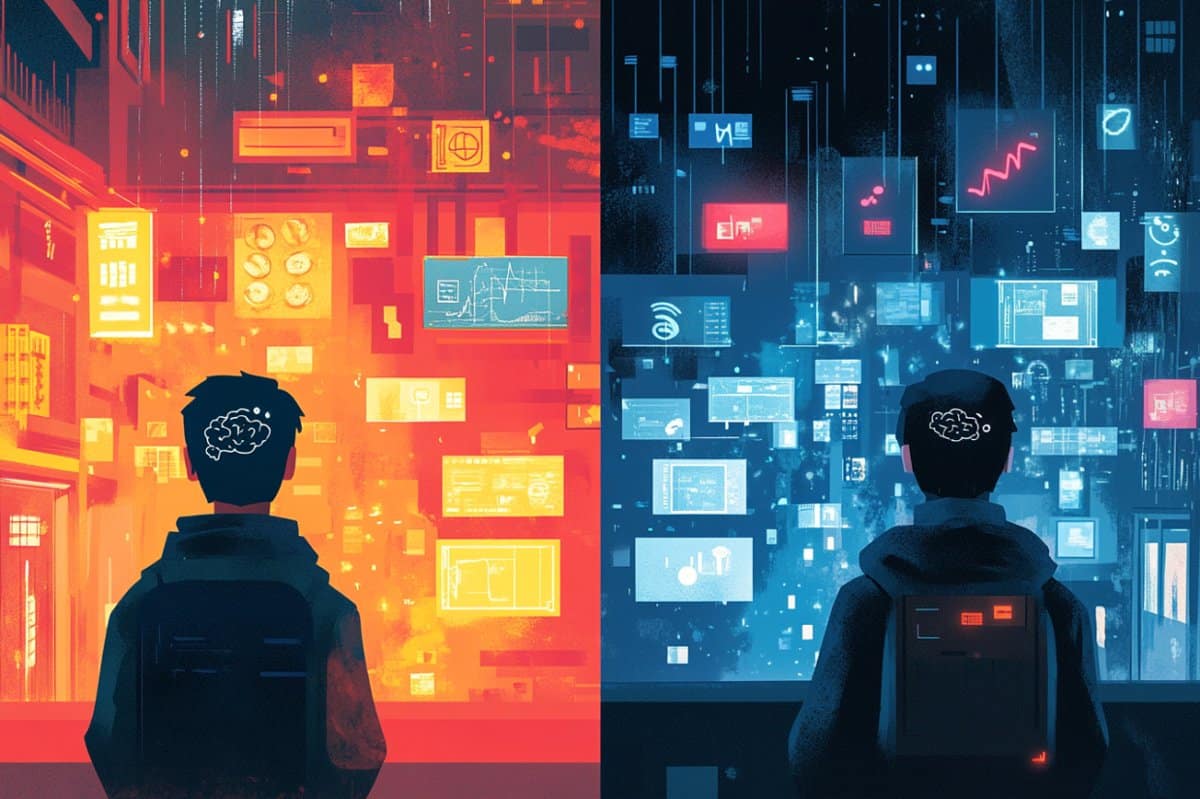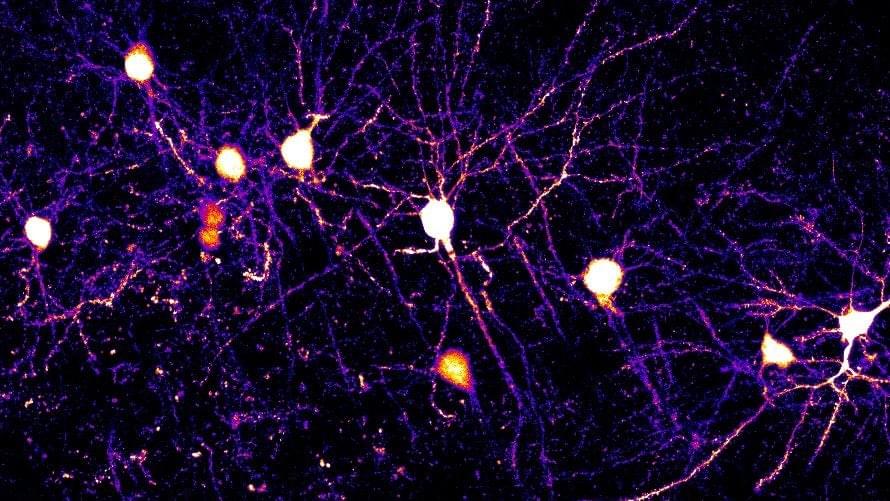Our brains can adapt to filter out repeated distractions, according to a new EEG study.



Tuberculosis (TB) is an infectious disease that kills more than a million people worldwide every year. The pathogen that causes the disease, Mycobacterium tuberculosis, is deadly in part because of its complex outer envelope, which helps it evade immune responses of infected hosts.
In an ACS Infectious Diseases paper, researchers developed a chemical probe to study a key component of this envelope. Their results provide a step toward finding new ways of inactivating the bacterium.
Because curing TB requires taking drugs for months, which can result in TB resistance to some antibiotics, scientists are working to develop new treatments. One possible target is the bacterium’s outermost layer, called the mycomembrane, which protects the bacteria from stressors. When M. tuberculosis is attacked by a host’s macrophage immune cells, the mycomembrane produces compounds that suppress the infected host’s immune response.



People who suffer from the autoimmune disease myasthenia gravis experience muscle weakness that can affect any of the muscles we use to blink, smile or even move our body around.
Researchers have known that the disease is caused by miscommunication between nerves and muscles. The body’s immune system mistakenly produces “autoantibodies,” or antibodies that attack its own tissues and proteins. In the case of myasthenia gravis, the body produces autoantibodies that target acetylcholine receptors (AChRs), which are essential triggers for normal muscle contraction functions.
Medications prescribed to boost acetylcholine and suppress the immune system have varying levels of success, leading researchers to believe that myasthenia gravis may be caused by varying underlying mechanisms for different people.
Questions to inspire discussion.
🚕 Q: What’s the expected price range for Tesla’s upcoming Robo Taxi? A: Tesla’s Robo Taxi will enter a new price tier under $30,000, significantly increasing sales and profitability due to its lower hardware cost structure.
Tesla’s Expansion in China.
🇨🇳 Q: How is Tesla expanding its Full Self-Driving (FSD) in China? A: Tesla is offering a 30-day free trial of FSD in China, with new software version 13.2.8 for both Hardware 3 and 4, likely rolling out between end of April and early May.
🤝 Q: Why is Tesla’s relationship with China important? A: Tesla’s good relationship with China, established 5 years ago without a joint venture, is crucial for success as China benefits from learning Tesla’s FSD perspective and benchmarking against their own vehicles.
💰 Q: How will tariffs affect low-priced vehicles in the US? A: 25% tariffs on imported vehicles will apply to nearly 80% of vehicles priced under $30,000, impacting popular models like Civic and Corolla.



Astronomers have recently identified a colossal black hole lurking in the shadows of our cosmic neighborhood. This celestial giant, estimated to be 600,000 times more massive than our Sun, resides in the Magellanic Clouds and is gradually approaching the Milky Way. The discovery has sparked significant interest among scientists who are now contemplating the potential consequences of an eventual collision between our galaxy and this massive cosmic entity.
A team of researchers from the Harvard & Smithsonian Center for Astrophysics has detected compelling evidence of a supermassive black hole within the Magellanic Clouds. These findings, published in The Astrophysical Journal on April 7, 2025, reveal a cosmic giant that dwarfs our Sun by a factor of 600,000 in terms of mass. The black hole’s enormous gravitational influence has long remained hidden from direct observation.
The Magellanic Clouds consist of two satellite galaxies orbiting our Milky Way at a distance of approximately 160,000 light-years. Their gradual approach toward our galaxy suggests an eventual merger that could dramatically reshape our cosmic neighborhood. Scientists are particularly concerned about the fate of this newly discovered black hole during such a collision event.